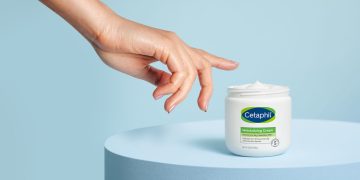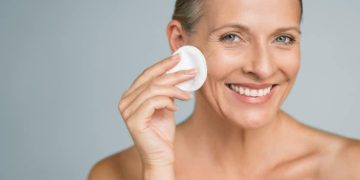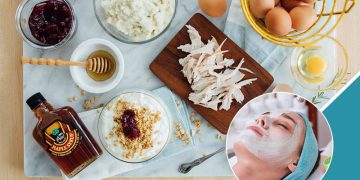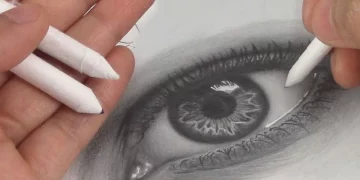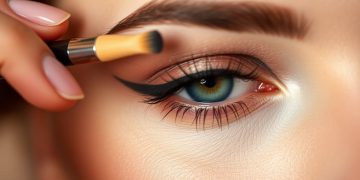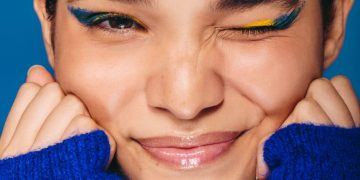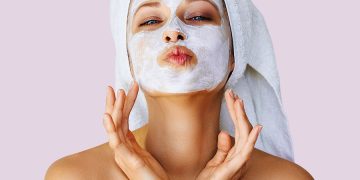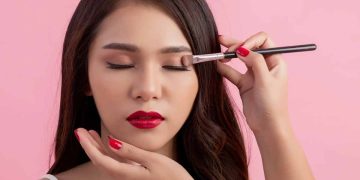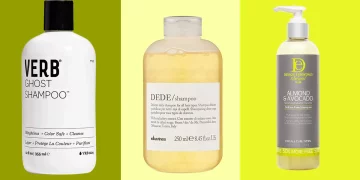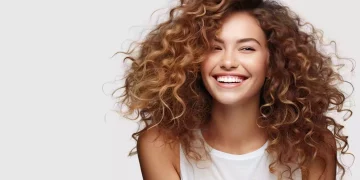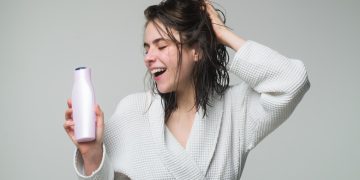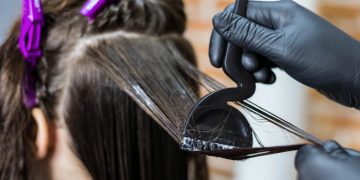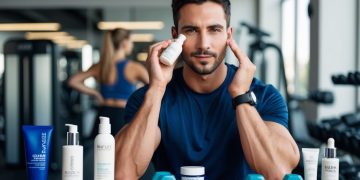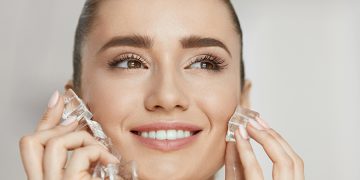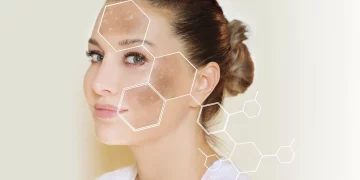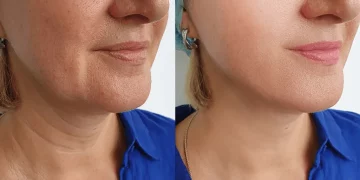Introduction
In recent years, the global male grooming industry has witnessed rapid growth, with a significant rise in demand for products designed specifically for men’s hair and scalp needs. One of the most noteworthy developments has been the explosion of the male hair loss market, as more men seek solutions to combat hair thinning, baldness, and other scalp issues. Traditionally, hair care products have been marketed predominantly to women, with male hair loss often treated as a taboo topic. However, with shifting attitudes toward grooming and self-care, the landscape is changing.
This article will explore how the male hair loss market is rapidly expanding, the reasons behind the growth, and how brands can successfully break the long-standing stereotype that hair care is a woman’s concern. By understanding the unique challenges and opportunities in this market, brands can better cater to the growing needs of male consumers, driving both innovation and growth.
1. The Growing Male Hair Loss Market
Historically, men have been hesitant to address hair loss, often feeling that it is a natural part of aging that doesn’t require intervention. However, this mindset is rapidly shifting as awareness grows about the emotional and psychological effects of hair thinning and baldness. According to research, an estimated 85% of men experience noticeable hair loss by the age of 50, making it a widespread concern.
a. Changing Attitudes Toward Grooming and Self-Care
In the past, the idea of men taking an active interest in their appearance, particularly in the realm of hair care, was often seen as unmanly or effeminate. However, in recent years, this stereotype has begun to fade as more men embrace self-care and grooming rituals. The growth of social media, the influence of male beauty influencers, and an increasing focus on well-being have all played pivotal roles in reshaping attitudes toward male grooming.
Many men today are more conscious of their physical appearance than ever before. They are increasingly seeking solutions for common issues such as hair thinning, bald patches, and scalp health. This shift in mindset has created a burgeoning market for male hair loss products, including shampoos, serums, supplements, hair transplants, and more.
b. The Importance of Hair for Self-Confidence
Hair has long been associated with youth, vitality, and attractiveness. For many men, hair loss can have a profound impact on self-esteem and confidence. A study conducted by the American Academy of Dermatology found that 30% of men experience hair loss before the age of 30, and the emotional impact of hair loss can lead to feelings of insecurity and stress.
As a result, more men are now actively seeking solutions to prevent, slow, or reverse hair loss. Hair loss is no longer a subject that is avoided; instead, it is a major concern that is being addressed through various hair care innovations. As this demand continues to grow, brands must adapt their marketing strategies to resonate with male consumers and offer effective, tailored products.
2. Breaking the “Hair Care = Women’s Domain” Stereotype
Despite the increasing interest in male grooming, many hair care brands still struggle with the stereotype that hair care is predominantly for women. This cultural belief has historically limited the availability of men’s hair loss solutions and made it difficult for brands to communicate effectively with male consumers. To successfully tap into the male hair loss market, brands must challenge these preconceived notions and develop marketing strategies that cater specifically to men’s needs.
a. Shifting the Narrative: Men Deserve Hair Care Too
The first step for brands is to shift the narrative around hair care and grooming. Rather than marketing hair loss treatments as “feminine” or “delicate,” brands should embrace the fact that self-care is a universal need, regardless of gender. In fact, many men see grooming as a form of self-improvement, and brands should encourage them to take pride in their appearance without feeling that it is a “girly” activity.
To do this, brands should:
- Use inclusive messaging that emphasizes the importance of self-care for all genders, focusing on how hair care contributes to confidence and well-being.
- Promote hair loss solutions in a way that reflects strength and empowerment, rather than presenting them as a sign of weakness or aging.
- Celebrate masculine beauty by highlighting male role models who take pride in their hair and appearance, helping to create a more inclusive and positive attitude toward grooming.
b. Marketing Strategies Tailored to Men
In addition to the messaging, marketing strategies must be tailored specifically to male consumers. Traditional marketing often overlooks the distinct needs and preferences of men when it comes to hair care. To effectively engage men in the hair loss conversation, brands need to rethink how they communicate their products.
Some strategies include:
- Targeted Advertising: Brands should use male-centric channels like sports events, male influencers, and YouTube channels to promote their products. This ensures that men feel comfortable and confident in exploring hair care products that were previously marketed toward women.
- Gender-Neutral Branding: Rather than using overly feminine language or imagery, brands should opt for gender-neutral packaging and language that appeals to both men and women. This will help eliminate any stigma around using hair care products.
- Practical Solutions: Men often prefer straightforward, no-nonsense solutions. Brands should focus on providing practical, easy-to-use products that don’t require a complicated, time-consuming routine. Clear instructions and simple packaging will resonate more with male consumers who may feel overwhelmed by the seemingly complex world of hair care.
c. The Role of Social Media and Influencers
The rise of social media influencers has had a significant impact on the male grooming industry. Male beauty influencers, particularly on platforms like Instagram, TikTok, and YouTube, have normalized the conversation around men’s grooming and hair care. These influencers often share tips on hair loss prevention, styling techniques, and product recommendations, helping to break down barriers and stigmas around men’s hair care.
Brands can tap into this growing trend by partnering with male influencers who have a significant following in the grooming space. These influencers can act as trusted advocates for hair loss products, providing credibility and increasing engagement with their audience.
Additionally, user-generated content can be a powerful tool for breaking the stereotype. By encouraging customers to share their own hair care journeys on social media, brands can create a sense of community and empowerment among men facing similar hair concerns.

3. The Key to Success: Providing Effective Solutions
While marketing strategies and messaging are crucial, the most important factor in breaking the “hair care = women’s domain” stereotype is offering effective solutions that genuinely address male hair loss concerns. Men want to see real, tangible results, and brands must ensure that their products deliver on these promises.
a. Innovative Hair Loss Solutions
Some of the most effective hair loss treatments for men include:
- Minoxidil: A widely used topical treatment that helps to stimulate hair growth and slow down hair loss.
- Finasteride: An oral medication that addresses male-pattern baldness by inhibiting the hormone responsible for hair loss.
- Hair Thickening Shampoos and Serums: These products can create the appearance of fuller, thicker hair by adding volume and promoting a healthy scalp.
- Hair Transplants: For more severe cases of hair loss, surgical solutions like hair transplants have become increasingly popular and are widely sought after by men.
Brands can also consider integrating scalp health into their offerings. Healthy hair starts with a healthy scalp, so incorporating products that address issues like dandruff, dryness, or oiliness can provide a holistic solution for male consumers.
b. Addressing Emotional Well-Being
As discussed, hair loss can have a significant impact on a man’s emotional well-being. Therefore, it is important for brands to approach hair care not just as a physical solution but as a tool for boosting confidence and emotional well-being. Creating products that promise visible results while addressing the psychological aspects of hair loss will help men feel more empowered and confident about their hair care choices.
4. Conclusion: A Changing Landscape for Male Hair Care
The male hair loss market is experiencing unprecedented growth, driven by changing attitudes toward grooming, a growing desire for self-care, and increasing awareness of the emotional impact of hair loss. Brands that can successfully break the stereotype that hair care is a woman’s domain will be well-positioned to capitalize on this growing market.
To do so, brands must develop inclusive messaging, targeted marketing strategies, and effective solutions that resonate with male consumers. By embracing the needs and desires of men seeking to maintain a healthy scalp and hair, brands can redefine the conversation around hair care and establish themselves as leaders in the male grooming space. The future of hair care is not gendered—it’s about providing effective, personalized solutions for everyone, regardless of gender.

